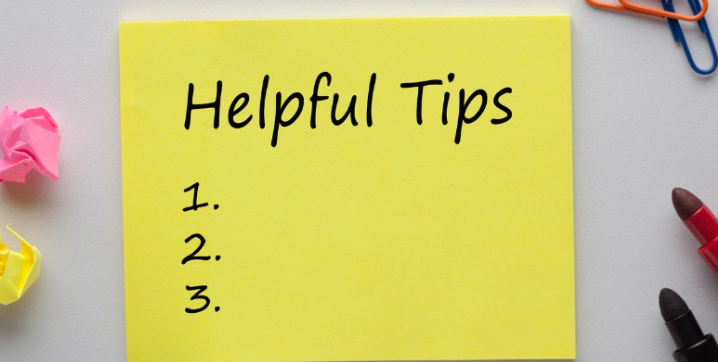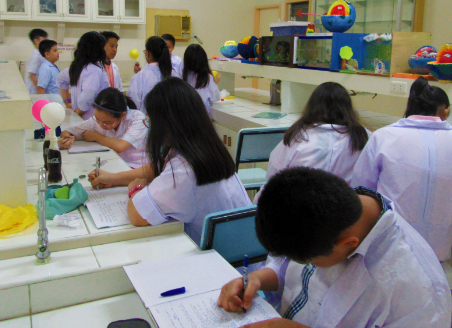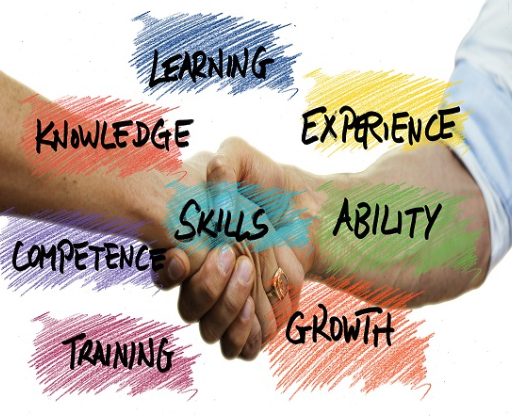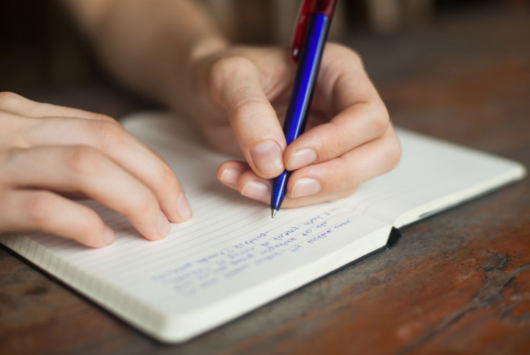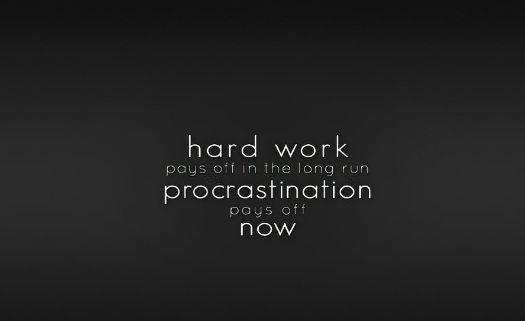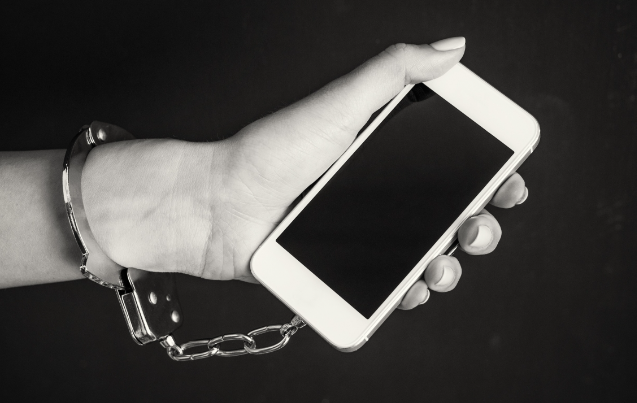Handling two tasks at the same time, also known as multitasking, can be challenging, but it’s a skill that many people need in today’s fast-paced world. Here are some tips for effectively handling two tasks simultaneously:
- Prioritize: Start by identifying which tasks are most important and require your immediate attention. Focus on the most critical one first, and allocate the majority of your attention to it.
- Time management: Allocate specific time blocks for each task. For example, work on one task for 25-30 minutes, and then switch to the other for the same duration. This is known as the Pomodoro Technique.
- Minimize distractions: Eliminate or reduce distractions in your environment. Turn off notifications on your devices, close irrelevant tabs or apps, and let others know that you need focused time.
- Use tools and technology: Utilize tools like task management apps, calendars, or project management software to help you stay organized and keep track of your tasks and deadlines.
- Divide tasks by type: Pair tasks that complement each other or have a similar context. For example, if you’re working on a writing assignment, you could pair it with research tasks.
- Stay organized: Keep your workspace organized and free from clutter. This will help you mentally switch between tasks more easily.
- Practice mindfulness: Be fully present in the task you’re working on. Mindfulness can help you maintain focus and perform better in both tasks.
- Break tasks into smaller steps: Divide each task into smaller, manageable steps. This can make it easier to switch between tasks without feeling overwhelmed.
- Take short breaks: Between task switches, take a short break to refresh your mind. Stretch, walk around, or do a quick breathing exercise to recharge.
- Learn to delegate: If possible, delegate some tasks to others. Delegation can help lighten your load and allow you to focus on what you do best.
- Stay flexible: Be ready to adapt and adjust your schedule as needed. Sometimes, unexpected things come up, and you may need to reprioritize.
- Reflect and adjust: After completing your tasks, take some time to reflect on what worked and what didn’t. Use this feedback to improve your multitasking skills.
Remember that not all tasks are suitable for multitasking. Some tasks may require your undivided attention, so it’s essential to assess the nature of each task and decide whether it’s appropriate to handle them simultaneously. In some cases, it might be more effective to tackle one task at a time to ensure high-quality results.







